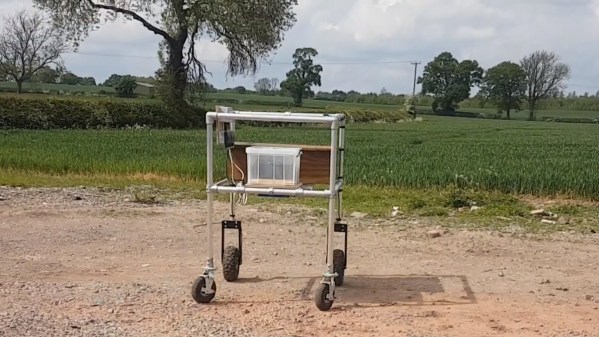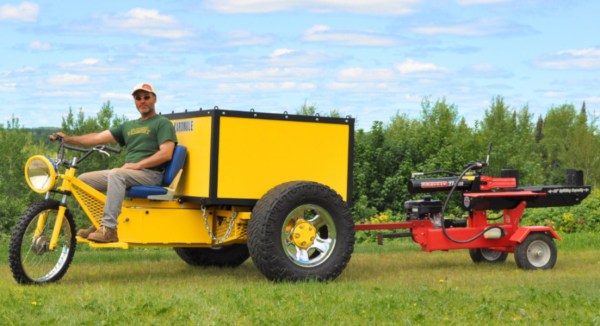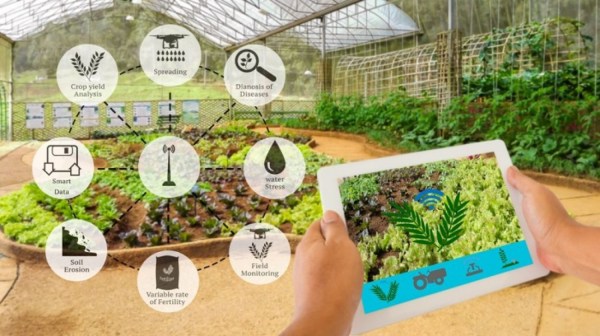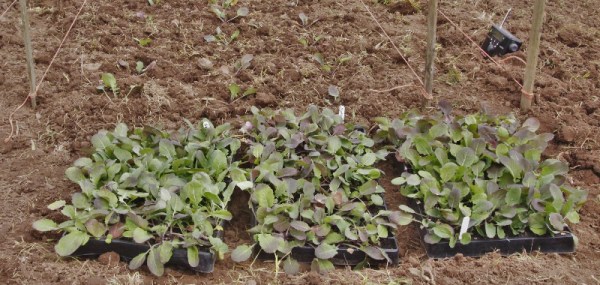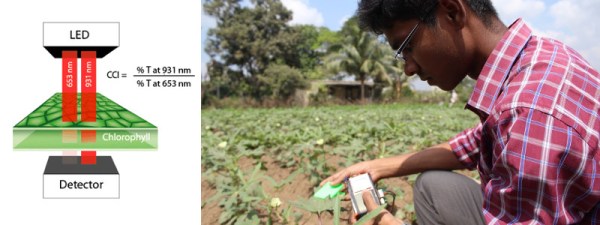[Junglist] correctly points out that agricultural robotics is fast on its way to being the next big thing (TM) and presents his easy to build ArrBot platform so others can get hacking fast.
The frame is built out of the same brackets and aluminum tubing used to add handrails to stairwells on buildings. Not only is this a fast way to do it, the set-up can be guaranteed to be sturdy since hand rails are often literally standing between life and death. The high ground clearance allows for all sorts of sensors and devices to be mounted while still being able to clear the plants below.
For motion hub motors driven by an ODrive were re-purposed for the task. He explored turning the wheels as well, but it seems like differential steer and casters works well for this set-up. ROS on an Nividia Jetson runs the show and deals with the various sensors such as a stereoscopic camera and IMU.
We’re excited to see what hacks people come up with as research in this area grows. (Tee-hee!) For example, [Junglist] wants to see the effect of simply running a UV light over a field rather than spraying with pesticides or fungicides would have.

